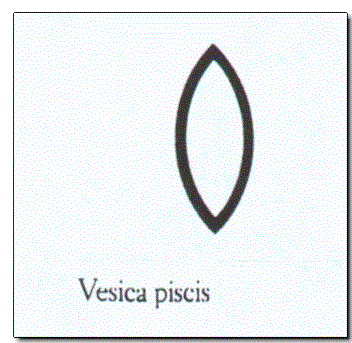In Lieu of Rosebud, Part II*

Posted on Fri, Oct. 11, 2002
Bernard Ridder dies at 85
Publisher built newspaper empire
BY MARTIN MERZER
Bernard H. Ridder Jr., once one of the nation’s most influential publishers and the inheritor and protector of a family tradition of newspapering, died Thursday night. He was 85….
”If there is one thing he instilled in me,” [his son] Peter Ridder said, “it was to be honest. If you don’t know the answer, say so.”
His father had been publisher of the St. Paul newspapers; his grandfather, Herman Ridder, launched the family business in 1875 as publisher of The Catholic News in New York.
Though six-foot-five and with a commanding presence, he also was known as an honest, compassionate man and boss.
A private memorial service will be held at a date to be determined, the family said. In lieu of flowers, relatives suggested a contribution to a charity of the donor’s choice.
Karl J. Karlson of The St. Paul Pioneer Press contributed to this report.
* For “In Lieu of Rosebud, Part I,” see my entry of October 10, 9:44 a.m., below.
My contributions:
Harry Lime —
“In Italy for 30 years under the Borgias they had warfare, terror, murder, and bloodshed, but they produced Michelangelo, Leonardo da Vinci, and the Renaissance. In Switzerland they had brotherly love – they had 500 years of democracy and peace, and what did that produce? The cuckoo clock …”
The Catholic Encyclopedia —
It is with good reason that Spain and the Church venerate in St. Francis Borgia a great man and a great saint. The highest nobles of Spain are proud of their descent from, or their connexion with him. By his penitent and apostolic life he repaired the sins of his family and rendered glorious a name, which but for him, would have remained a source of humiliation for the Church.
His feast is celebrated 10 October.
The New York Times of October 11, 2002 —
This year’s winner of the Nobel Prize for literature is Imre Kertész, a writer on Auschwitz.
http://auschwitz.dk/Orson.htm —
In honor of Orson Welles and Bernard Ridder (who both died on October 10), of Imre Kertész (who won a Nobel Prize on October 10), and of the parent site of the Third Man site,
http://auschwitz.dk,
this site’s music is now the Third Man Theme.








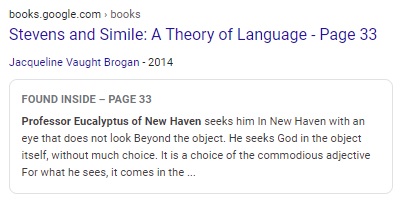


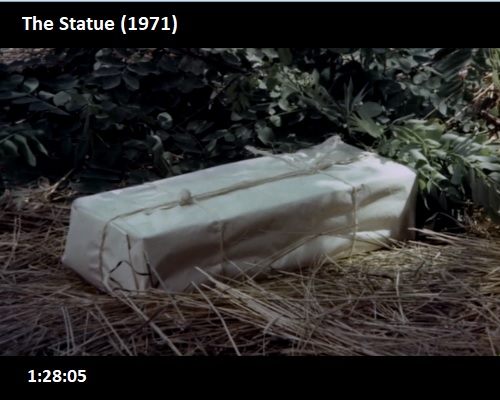


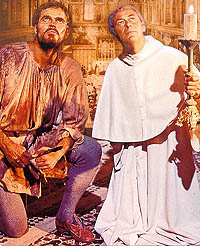

















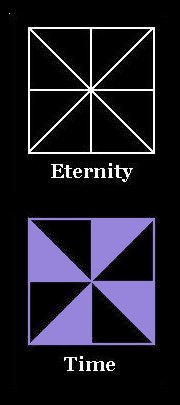



 He is an internationally recognized corporate identity consultant. Based in Hong Kong, his work for clients such as HongkongBank, IBM and Unilever is a major influence in Pacific Rim design.
He is an internationally recognized corporate identity consultant. Based in Hong Kong, his work for clients such as HongkongBank, IBM and Unilever is a major influence in Pacific Rim design.








































